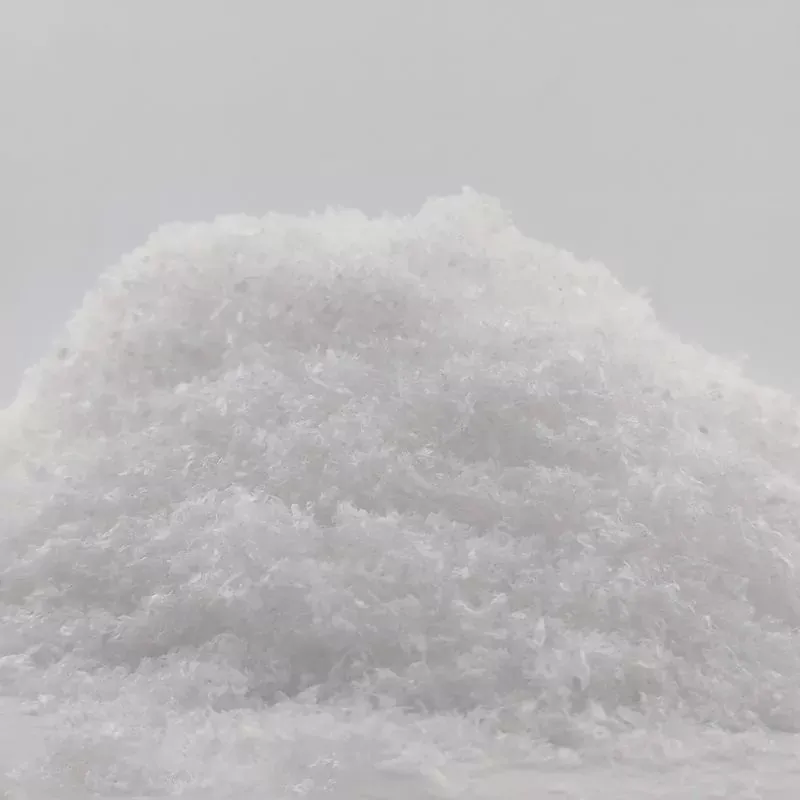 English
English-
 English
English -
 Español
Español -
 Português
Português -
 русский
русский -
 Français
Français -
 日本語
日本語 -
 Deutsch
Deutsch -
 tiếng Việt
tiếng Việt -
 Italiano
Italiano -
 Nederlands
Nederlands -
 ภาษาไทย
ภาษาไทย -
 Polski
Polski -
 한국어
한국어 -
 Svenska
Svenska -
 magyar
magyar -
 Malay
Malay -
 বাংলা ভাষার
বাংলা ভাষার -
 Dansk
Dansk -
 Suomi
Suomi -
 हिन्दी
हिन्दी -
 Pilipino
Pilipino -
 Türkçe
Türkçe -
 Gaeilge
Gaeilge -
 العربية
العربية -
 Indonesia
Indonesia -
 Norsk
Norsk -
 تمل
تمل -
 český
český -
 ελληνικά
ελληνικά -
 український
український -
 Javanese
Javanese -
 فارسی
فارسی -
 தமிழ்
தமிழ் -
 తెలుగు
తెలుగు -
 नेपाली
नेपाली -
 Burmese
Burmese -
 български
български -
 ລາວ
ລາວ -
 Latine
Latine -
 Қазақша
Қазақша -
 Euskal
Euskal -
 Azərbaycan
Azərbaycan -
 Slovenský jazyk
Slovenský jazyk -
 Македонски
Македонски -
 Lietuvos
Lietuvos -
 Eesti Keel
Eesti Keel -
 Română
Română -
 Slovenski
Slovenski
What is artificial snow? Why is it used in the Winter Olympics?
2024-09-14
The tracks of the Winter Olympics use a lot of artificial snow. The reason behind this is related to the special properties of artificial snow and the special requirements of competitive sports.

❄️ The difference between artificial snow and natural snow
Natural snow is solid precipitation formed by the condensation of water vapor in the atmosphere. Its structure changes with the changes in temperature and humidity. Most of it is hexagonal, mainly divided into three shapes: columnar, flake and star-shaped. Due to the constant changes in atmospheric temperature and humidity, naturally formed snowflakes present thousands of different forms. Exactly the same or completely symmetrical snowflakes do not exist in nature.
Artificial snow is made like an assembly line using the same mold. The most common artificial snow is to mix the high-pressure water in the high-pressure water pump and the high-pressure air in the air compressor at the double inlet nozzle. The high-pressure air will divide the water into tiny particles. These particles will solidify into ice crystals in the cold air. These ice crystals will further contact with the water vapor in the air, and then the crystals will grow. This process is completed in a short time. There is not enough time and space for ice crystals to grow freely. Therefore, most of the artificial snow is white and opaque, and the shape is approximately spherical or conical. Star-shaped and multi-branched shapes are difficult to form.
The different structures of natural snow and artificial snow cause the difference in the snow accumulation formed by the two. Natural snowflakes are flat and will intertwine with each other after landing. The snow formed has high porosity, low density, low hardness, and is very soft; artificial snow is more three-dimensional in shape, and is a dense crystal that is approximately spherical or conical. The snow formed has low porosity and high density, and its mechanical properties such as hardness and strength are better than natural snow.
❄️ Advantages of artificial snow in competitive sports
Since the physical properties of artificial snow are stable and uniform, after a series of processes such as snow compaction and leveling at the ski resort, it is easier to form a snow track with consistent physical properties than natural snow, which helps to ensure the fairness of the competition. Because the players come from different parts of the world, artificial snow can overcome the differences in conditions of ski resorts in different regions and put all players in the same snow track conditions.
Secondly, the stability of physical properties can ensure that the snow track does not change due to the order of appearance and the length of time, which also guarantees the fairness of the competition.
In addition, artificial snow is more "resistant" than natural snow. The Winter Olympics has higher requirements for the pressure resistance and impact resistance of the snow tracks in the competition venues. Artificial snow is undoubtedly a better choice.




